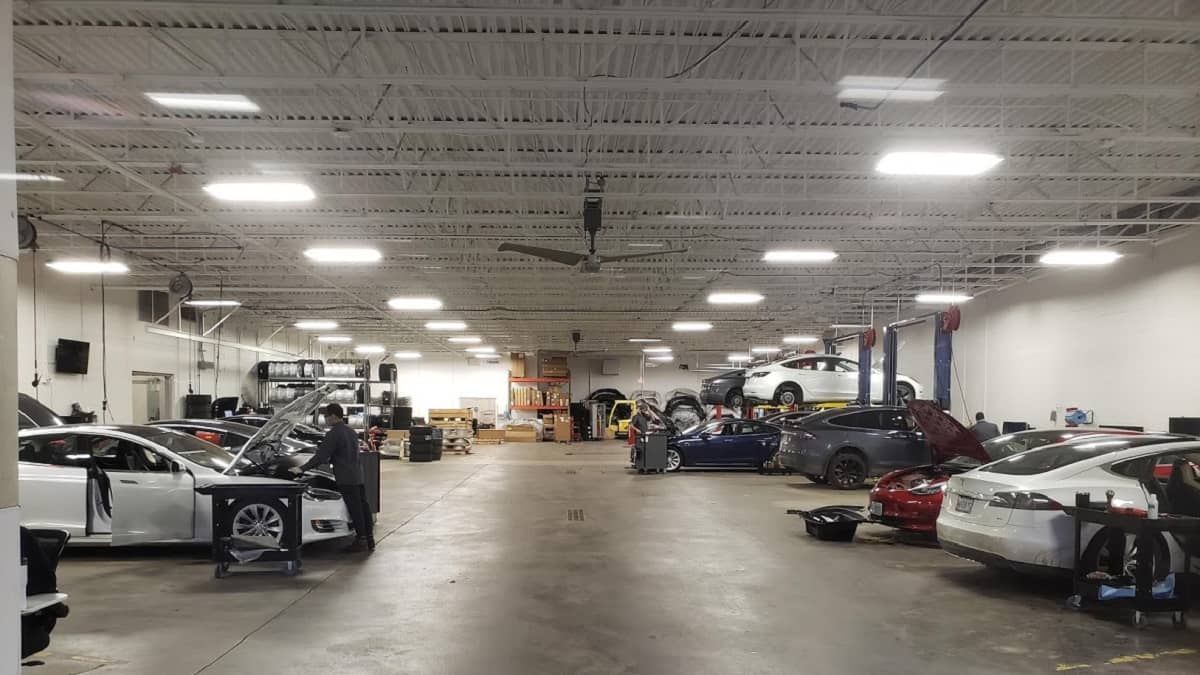Headlines are screaming about auto insurance increases this year. For example, CNBC reports that auto insurance costs rose by 26% on average in 2024. While inflation is playing a major role, there are many other factors at work that are causing increases in costs on the auto insurance and repair side of the business.
Opus IVS is a company that helps shops repair complex vehicles. Its areas of expertise include advanced automotive technology such as Advanced Driver Assistance Systems (ADAS), driver autonomation systems, electric vehicles, telematics, and flash programming. We communicated with Opus IVS CEO Brian Herron, and asked what he feels is the leading cost driver for increases in automotive repair. “ADAS (advanced driver assistance systems) is the driver of the increased repair costs,” said Mr. Herron.
Examples of ADAS include Tesla Full Self Driving (FSD), Tesla Autopilot, GM Super Cruise, and Ford's BlueCruise.
While our initial inquiry to Mr. Herron was along the line of how EVs may be driving cost increases in vehicle repairability, he sees the issue in a different light. He told us that “ADAS is more of an 'end of the world' issue right now because 100% of vehicles or nearly 100% are equipped with ADAS, so that's exploded more in the service environment ecosystem.” He went on to point out that only a very small percentage of the vehicles on the road in America today are EVs. To be clear, EVs are selling well. Tesla is approximated to hold 4.2% market share presently, and that is only one brand. However, as a percentage of the total population of vehicles in use, EVs are still in the single digits.
Ryan Mandell of Mitchell, an Enlyte company, recently published a very detailed look at how EV powertrains, ADAS, and lightweighting efforts have driven up vehicle repairability costs (primarily focused on post-crash repairability). Read the report yourself here, but the summation is that all of these trends mean that vehicle owners should expect meaningful increases in insurance premiums as repair costs are driven up.
Some impactful statements of fact contained in Mr. Mandell’s report are:
1. EV repairable claims frequency increased more than 40% in the U.S. and Canada year over year.
2. In terms of claims severity, EVs continued to exceed automobiles with an internal combustion engine (ICE).
3. EVs epitomize vehicle complexity with their reliance on advanced driver assistance systems (ADAS) and lightweight materials.
4. EVs use more lightweight (and expensive to repair) materials than do ICE vehicles.
The fact that electrified automobiles are heavier, on average, than their ICE counterparts may be one of the factors to blame for a higher frequency of EV airbag deployments (3.62%) last year compared to ICE alternatives (2.45%). Collision repairs that involve an airbag deployment are typically three times more expensive than those without one—adding to the repair cost differential between EVs and ICE vehicles.
As ADAS and electrification continue to become more important to the content of new vehicles, automotive policyholders should anticipate higher premiums that are in excess of inflation.
Representative image of Tesla service area by John Goreham.
John Goreham is an experienced New England Motor Press Association member and expert vehicle tester. John completed an engineering program with a focus on electric vehicles, followed by two decades of work in high-tech, biopharma, and the automotive supply chain before becoming a news contributor. In addition to his eleven years of work at Torque News, John has published thousands of articles and reviews at American news outlets. He is known for offering unfiltered opinions on vehicle topics. You can follow John on Twitter, and connect with him at Linkedin.





